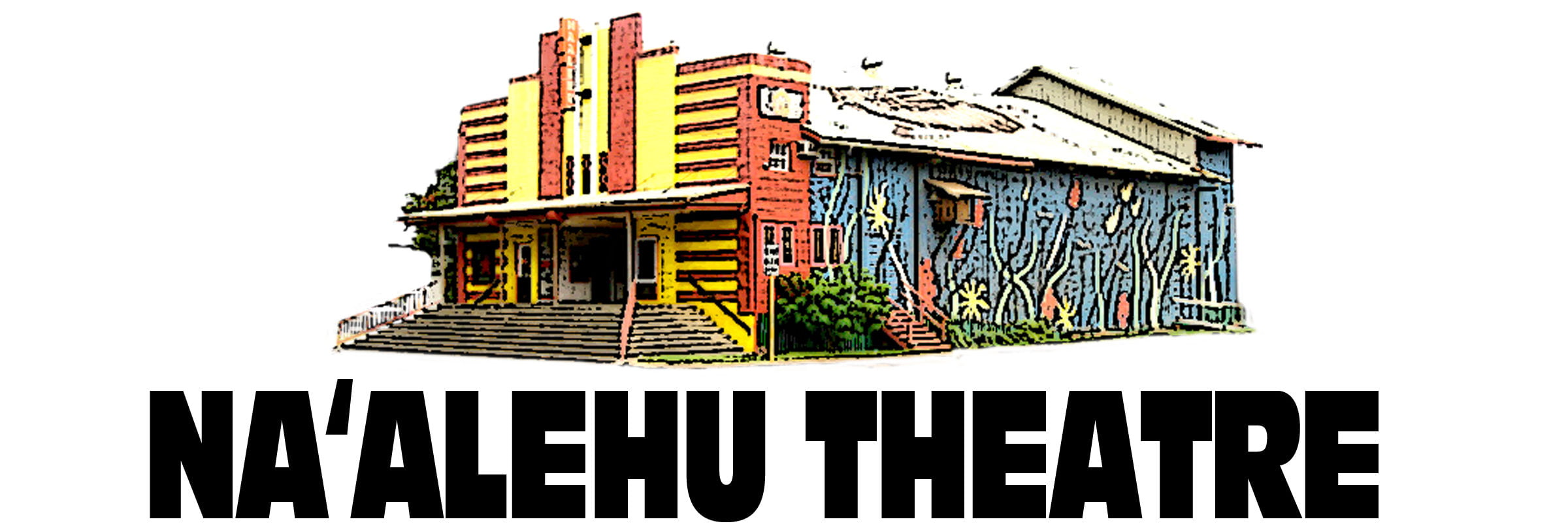He Huaka‘i e Pana na i ke Ea— A Journey to Bring Pulse to the Living
Eō nā Wahi Pana o Hawaiʻi
(Answer, you celebrated places of Hawaiʻi)
He Huaka‘i E Pana Na I Ke Ea – Hawaiian Place-based Learning
Hawaiian place-based learning looks at the ‘aina (land) and local environment from a native perspective to study how it has been used over time, modern land use issues, and the relationships among place, history, culture, and traditions.
One of the programs inspired and designed by the late Uncle George Lanakilakeikiahiali‘i Naope is the series of workshops called He Huaka‘i E Pana Na I Ke Ea — A Journey to Bring Pulse to the Living, a traveling succession of instruction where training focuses on mele wahi pana, the chants, songs, music, and hula of treasured regions or sites. In a culture where traditions are kept and passed orally, chants, songs, and dances are an archive of ideology, connections, memories, and experiences from Hawaiian ancestors. The intention of this program is to ground and reconnect students with the life of the land and the traditional knowledge it endows.
As a young boy, Uncle George was taken to each site referenced in a chant or mele he was learning to reflect on its environmental nuances and historic significance. As a kumu (master instructor), he insisted that his students take the time to experience for themselves the slope of the pali (cliff) or the sting of the rain at a particular-locale to gain a deeper understanding and better execute the intrinsic motions of a dance. He taught that underlying the traditions of nā hula is the concept of mana, or spiritual power, a world linked to the elements, where one can speak directly to the winds or the rain and expect an answer.
Also essential to Uncle George’s teaching was the focus on understanding the three different levels of the oral language used in a Hawaiian composition: the literal; the kaona, or hidden meanings woven into the obvious, and the noa huna, or spiritual level, where spoken words have the power to cause action, including life and death.
In addition to music and dance training, the He Huaka‘i program provides participants with a unique, enriching, and authentic quality cultural experience; to present insight into the history, customs, art, traditions, and significant context; to offer close-up interaction with the community and its resource people; to increase familiarity with treasured sites; and to encourage aloha ‘āina, an ingrained respect for the land, and mālama ‘āina, a desire to preserve, protect, and take care of the precious resources of the land. Students begin the He Huaka‘i project by mapping hundreds of chants and songs to sites throughout the Hawaiian Islands, and then moving through that map, each year locating in another district, where the chants, music, and hula of that region are featured and taught.
In 2005, Master of Hawaiian music, Cyril Pahinui, a lifelong friend of Uncle George, was asked to lead a series of workshops by selecting musicians and cultural resource people to share their knowledge and experience of the selected local sites. The series began in Ka‘ū, a vast, rural, and remote area on the Island of Hawai‘i, home to most of the Hawai‘i Volcanoes National Park, which includes Kīlauea, home to the Hawaiian volcano goddess, Pele, and one of the world’s most active volcanoes, a place of natural wonders where one can witness the creation of the islands. It has since traveled to wai pana throughout the Hawaiian Islands and most recently in Waimānalo where it continues with the Hawaiian Music Master’s Program and Ho‘ike A‘o Kanikapila (recital).
